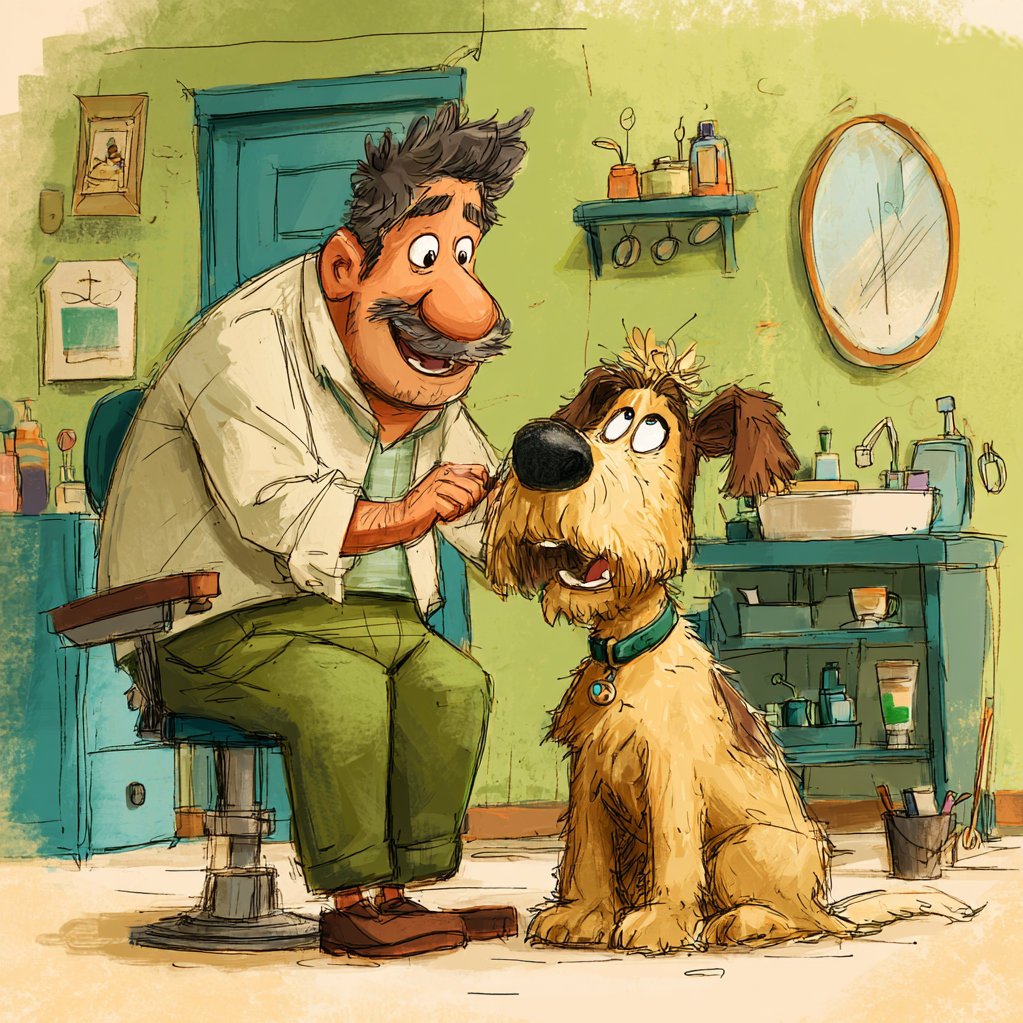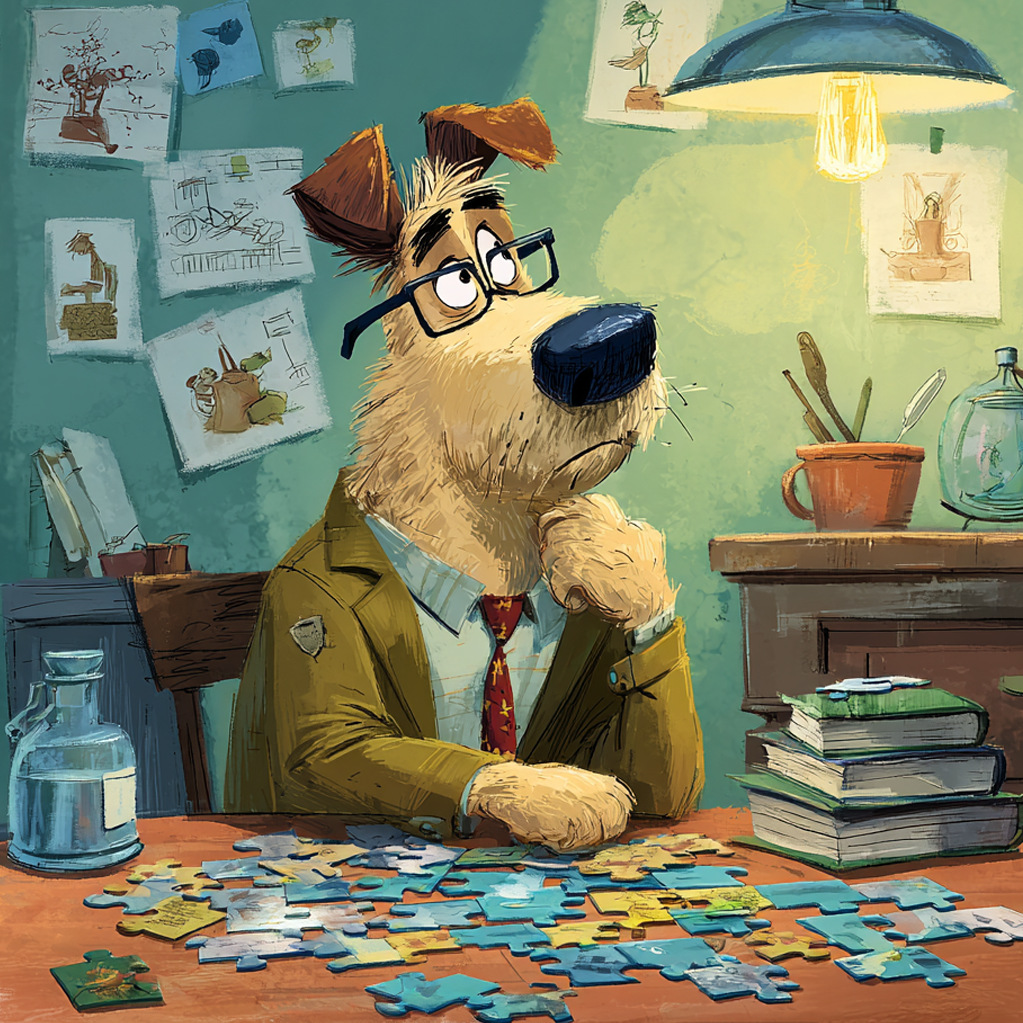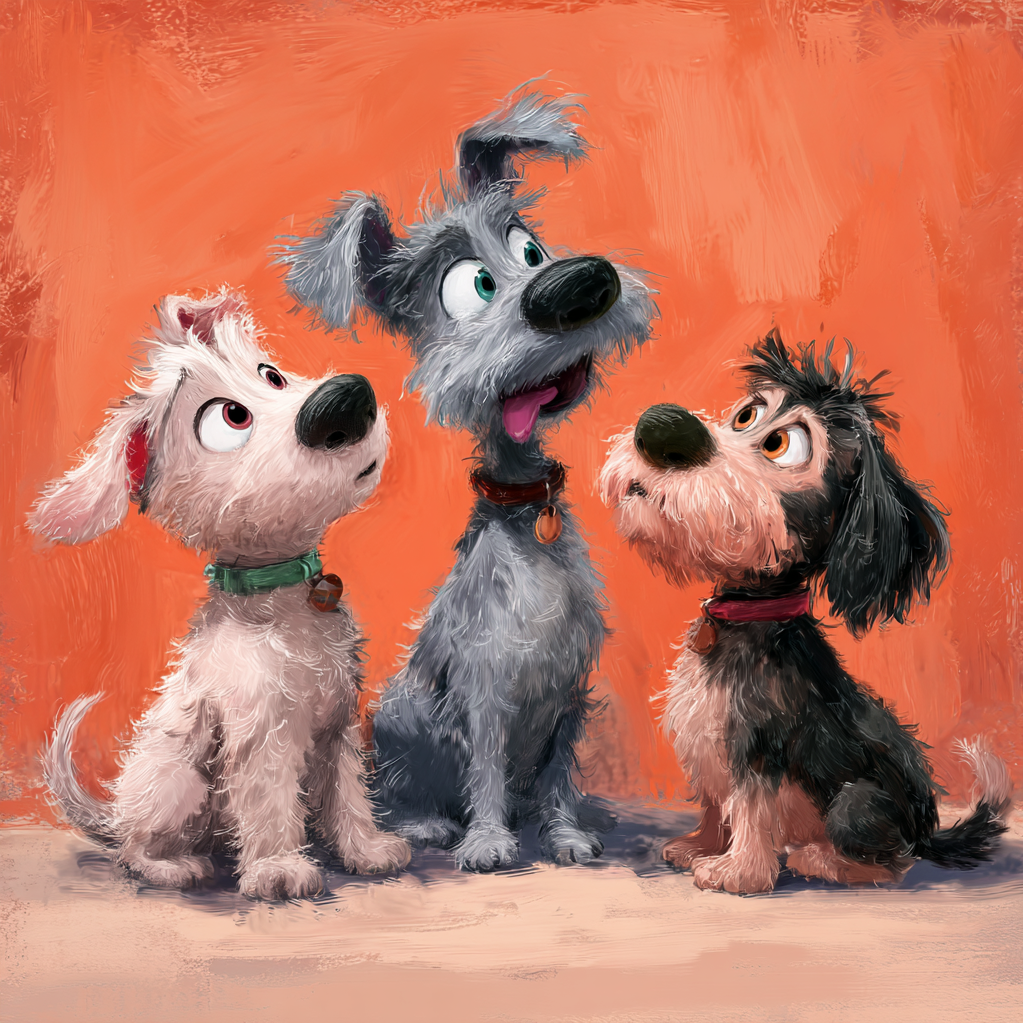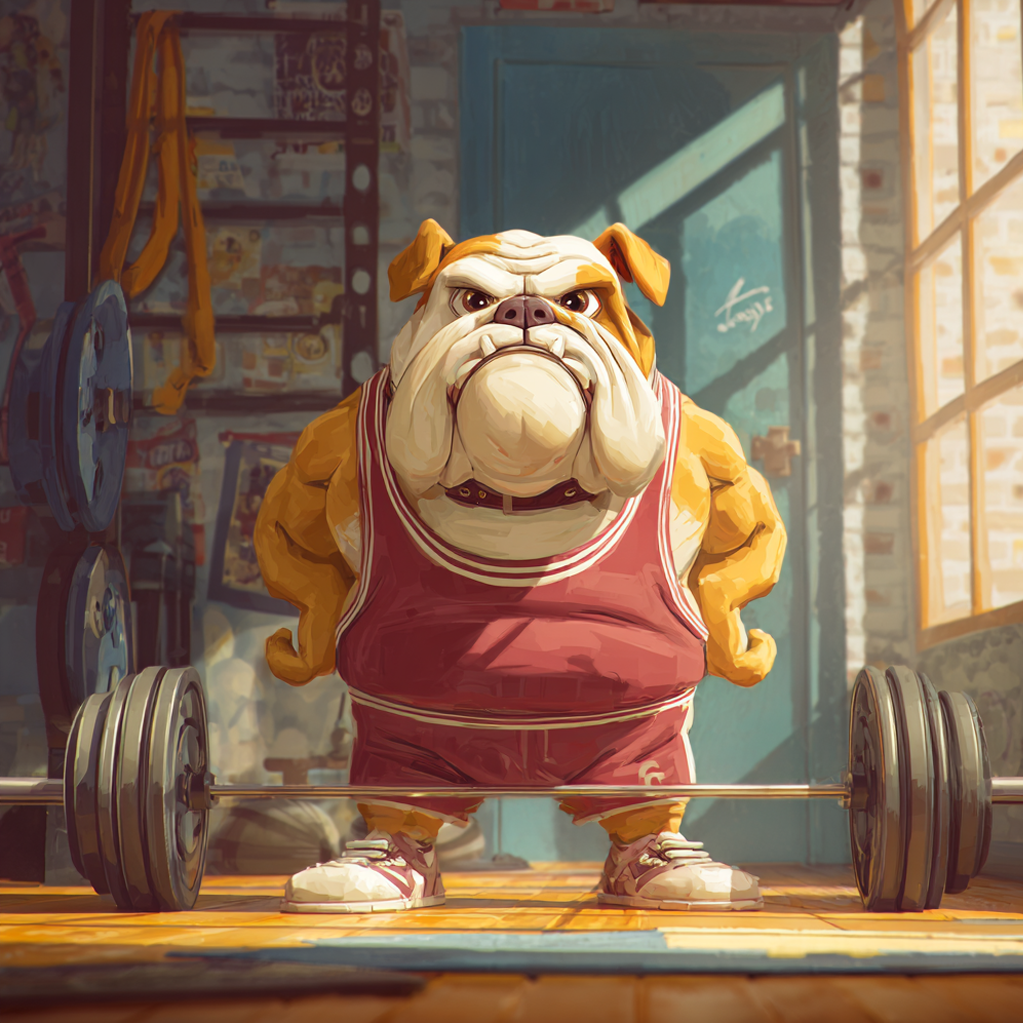The Fur Frontier: Your Breed-by-Breed Battle Plan for a Healthy, Gorgeous Coat
That gleaming show-ring coat didn’t happen by accident. It’s the result of understanding a genetic legacy written in keratin and follicle patterns. Your Chihuahua’s sleek fuzz and your Poodle’s tight curls aren’t just aesthetics; they’re complex biological systems evolved for purpose. Treat them the same, and you risk brittle fur, brutal tangles, or skin screaming beneath a suffocating undercoat. This isn’t vanity. It’s vital maintenance – as crucial as food or vet care. Ready to decode your dog’s unique fur blueprint? Let’s ditch the one-size-fits-all approach and wage war on mats, dirt, and shed fur the right way.

Why Coat Type is Your Commanding Officer (Ignore It at Your Peril)
Think of your dog’s coat as their environmental interface. A Husky’s dense double-layered fortress laughs at Arctic blasts but wilts in heat if neglected. A Poodle’s hypoallergenic cords repel water beautifully but become felted nightmares without meticulous care. Using the wrong brush, washing too often (or not enough), or ignoring the undercoat isn’t just ineffective – it’s potentially harmful. Skin infections, painful mats pulling on flesh, overheating, and relentless shedding avalanches are often grooming crimes, not inevitabilities. Your first duty? Identify your recruit’s fur type.
The Grooming Arsenal: Decoding Tools & Techniques
Before we deploy, know your weapons. Using a slicker brush on a short coat is overkill; using a bristle brush on a matted Poodle is futile.
- The Slicker Brush: Fine, short pins bent at an angle. The heavy artillery against tangles and mats in medium/long/curly coats. Essential for lifting dead undercoat. Use with care: Can scratch skin if used too harshly. Look for pin protectors.
- The Undercoat Rake: Longer, wider-spaced pins designed to reach deep into the dense undercoat of double-coated breeds. Crucial for preventing “coat blow” disasters. Pulls out loose undercoat without damaging the protective topcoat.
- The Deshedding Tool (FURminator-style): Features a fine-edged blade close to the skin. Highly effective for controlled removal of loose undercoat in double-coated breeds. DANGER ZONE: Can severely damage hair follicles, cause brush burn, and ruin coats if overused or used on the wrong coat type (avoid on single coats, wiry coats, or curly coats!).
- The Bristle Brush: Natural or synthetic bristles. The perfect finishing tool for short, smooth coats and some long coats. Distributes skin oils, removes surface dust, adds shine. Gentle on skin.
- The Pin Brush: Long, straight pins, often with ball tips. Ideal for detangling long, silky topcoats (Yorkies, Afghan Hounds) after mats are removed. Gentle, prevents breakage. Useless against undercoat or serious mats.
- The Metal Comb (Wide & Fine Tooth): Your truth detector. After brushing, always comb through to the skin. If it snags, you missed a tangle. Essential for curly/corded coats and checking work on all coats.
- High-Velocity Dryer: Not just for speed drying. The nuclear option for blasting out loose undercoat during shedding season on double-coated dogs. Far more effective than brushing alone. Requires training to use safely (low heat, keep moving!).
- Conditioner (Coat-Specific): Not optional fluff. The sealant. Smooths cuticles on long/silky coats, adds moisture to dry coats, makes curly coats manageable, eases deshedding. Use after every bath.
The Regiment: Coat-Specific Combat Strategies
1. The Short & Smooth Corps (Doberman, Boxer, Beagle, Dachshund, Labrador Retriever)
* The Mantra: “Less is more. Shine is king.”
* Brushing: Weekly. Weapon: Bristle brush or soft rubber curry brush (massages skin, lifts dirt). Follow with a hound glove for ultimate shine. Focus on friction points (armpits, behind ears).
* Bathing: Every 4-8 weeks, or when dirty. Over-bathing strips essential oils, causing dry, flaky skin. Use a mild, moisturizing shampoo. Conditioner? Optional but beneficial for extra shine, especially in dry climates.
* Deshedding: Moderate shedders. During seasonal blows, increase brushing to 2-3 times weekly. A rubber grooming mitt or fine deshedding tool used very sparingly can help. Prioritize the high-velocity dryer during baths.
* Enemy: Dry skin, sunburn (on light-colored dogs). Consider dog-safe sunscreen for noses/ears.
* Special Ops: Wipe down with a damp microfiber cloth between baths to remove dust and dander.
2. The Double-Coated Brigade (Siberian Husky, Golden Retriever, German Shepherd, Pomeranian, Chow Chow)
* The Mantra: “Respect the undercoat. It’s insulation, not decoration.”
* Brushing: 2-3 times per week MINIMUM. Weapons: Undercoat rake first to penetrate and loosen the dense undercoat. Follow with a slicker brush to remove loosened hair and smooth the topcoat. Always finish with the comb! Pay brutal attention to armpits, behind ears, britches (back legs), tail base.
* Bathing: Every 6-8 weeks, unless filthy. Crucial: Use a high-quality deshedding shampoo and conditioner designed to loosen undercoat. DO NOT SKIP CONDITIONER. It makes brushing out the shed undercoat 100x easier.
* Deshedding: This is war, twice a year. During coat blows (spring/fall):
* Bath with deshedding shampoo/conditioner.
* Blow dry thoroughly with HIGH-VELOCITY DRYER – watch the undercoat explode!
* Brush aggressively with undercoat rake and slicker while drying and after.
* The Deshedding Tool? Can be used very carefully after the bath and blow-dry, only on areas with thick undercoat, sparingly (a few passes). Never on the thinner-haired belly or legs! Overuse is skin sabotage.
* Enemy: Mats close to the skin (“pelting”), overheating from trapped dead undercoat, shaving (destroys the insulating coat, often permanently).
* Special Ops: Never shave a double coat! Invest in professional deshedding treatments during peak blows.
3. The Curly & Corded Commandos (Poodle, Bichon Frise, Portuguese Water Dog, Komondor, Puli)
* The Mantra: “Preventative care is everything. Mats are the enemy within.”
* Brushing/Combing: DAILY or every other day is NON-NEGOTIABLE for pets. Weapons: Slicker brush followed immediately by a wide AND fine-tooth metal comb, combing to the skin in small sections. For cords (Komondor/Puli): Hand separation ONLY. Gently pull cords apart starting from the tip towards the skin. Never brush a corded coat!
* Bathing: Every 3-4 weeks for pets, often more for show dogs. Crucial: Use a high-quality moisturizing or curly-coat specific shampoo and HEAVY CONDITIONER. Curly hair is prone to dryness and breakage. Drying: Blow dry completely on LOW HEAT while brushing/combing section-by-section (“line brushing”). Air drying = guaranteed mats.
* Deshedding: Minimal shedding, but loose hairs tangle fast. Daily brushing/combing is deshedding.
* Enemy: Moisture trapped against skin (causing hot spots), mats forming at the base of curls/cords (painful, pull skin).
* Special Ops: Keep hair clipped short (“puppy clip,” “teddy bear clip”) if daily maintenance isn’t feasible. For cords, maintain consistent size and cleanliness. Seek professional groomer expertise early and often!
4. The Long & Silky Division (Yorkshire Terrier, Afghan Hound, Shih Tzu, Maltese, Lhasa Apso)
* The Mantra: “Gentleness is strength. Prevent tangles before they start.”
* Brushing: Daily. Weapons: Pin brush first for gentle detangling of the long topcoat. Follow with a wide-tooth metal comb, then a fine-tooth metal comb to the skin. Work in small sections, holding hair near the skin to prevent pulling. Spritz with detangling spray first!
* Bathing: Every 1-3 weeks to keep hair clean and manageable. Use moisturizing shampoo and rich conditioner. Comb conditioner through. Rinse thoroughly.
* Drying: Blow dry on LOW heat while brushing gently with the pin brush to prevent breakage and encourage straightness. Never let air dry tangled.
* Deshedding: Moderate. Daily brushing manages most shedding. A slicker brush can be used very gently before the pin brush if tangles are forming, but prioritize gentleness.
* Enemy: Breakage, split ends, mats forming behind ears, under collars, in armpits, around sanitary areas.
* Special Ops: Keep hair trimmed shorter (“puppy cut,” “topknot”) if full length is unmanageable. Use satin-lined collars and bedding to reduce friction breakage. Tie up topknots daily to prevent eye irritation and tangles.
Universal Special Forces: Nails, Ears, & Bath Basics
- Nail Care: The Weekly Salute
- Why: Overgrown nails alter posture, cause pain, lead to arthritis, and can split or curl into the pad. Sacrilege is skipping this.
- Frequency: Trim every 1-2 weeks. If you hear clicking on the floor, they’re too long.
- Tools: Sharp guillotine or scissor-style trimmers OR a rotary grinder (Dremel). Grinders are often less stressful and avoid the risk of quicking.
- The Quick: The pink, blood-filled vein inside the nail. AVOID IT. Cut/grind small bits at a time. In light nails, it’s visible. In black nails, cut at a 45-degree angle just before the nail starts to curve downward. Stop at the first sign of a black dot in the center of the cut surface – that’s the quick approaching. Have styptic powder on hand.
- Fearful Dog? Go slow. Pair trimming with high-value treats. Do one paw per day if needed. Seek professional help if it’s a battle.
- Ears: Listening for Trouble
- Why: Floppy or hairy ears trap moisture and debris, breeding yeast and bacteria. Infections are painful and smelly.
- Maintenance: Check weekly for redness, odor, or excess discharge. Cleaning: Only clean if dirty or prone to infection. Use a vet-approved ear cleaner. Squirt into canal, massage base of ear, let dog shake, wipe outer ear flap and visible canal with cotton ball/gauze. NEVER use Q-tips deep in the canal! Pluck excess hair from ear canals (if breed-specific) carefully or have a groomer do it.
- Bathing: The Tactical Operation
- Prep: Brush/comb thoroughly to remove mats before the bath. Wet mats turn into concrete.
- Water: Lukewarm. Not hot.
- Shampoo: Dilute! Concentrated shampoo directly on skin is harsh. Mix with water in a bottle or apply diluted to a wet coat. Lather thoroughly, massaging down to the skin. Avoid eyes and ears.
- Rinse: Rinse twice as long as you lathered. Residual shampoo causes itchiness and dull coats. Run your hands down the coat – it should squeak.
- Conditioner: Apply generously, focusing on ends. Comb through for even distribution. Let sit 5-10 minutes. Rinse thoroughly.
- Drying: Towel dry vigorously. Use a high-velocity dryer (best for removing undercoat and preventing mats) or a human dryer on LOW heat, constantly moving. Never cage dry! Ensure the dog is COMPLETELY dry, especially dense undercoats and skin folds, to prevent hot spots and fungal infections.
Victory is a Healthy Coat
Grooming isn’t a luxury spa day. It’s preventative medicine and respect for your dog’s biological design. When you match your tools and techniques to the intricate genetic code of their coat, you unlock more than just shine. You unlock comfort, prevent pain, regulate temperature, and foster skin health. You transform a chore into a powerful bond-building ritual. Listen to the fur. Learn its language. Arm yourself with the right knowledge, respect the process, and watch your dog thrive – one perfectly maintained follicle at a time. The frontier awaits.




